
Just as with annihilating our Children's resources, US Still ok with Cultural Genocide following their path of allowing the killing of Millions of First Nations as recently witnessed in Syria. It seems that this Old Euro Mentality doesnt have a care whatsoever for allowing Species, Or Cultural Genocide. But yet for some reason the News never mentions First Nations, They dont seem to have a Problem mentioning African Americans and the wrongs done to them. So why is it that We do not see Politicians mentioning First Nations? It seems that they still do not care. It is long overdue for the masses to Join as One Voice to correct this wrongdoing.
There were an estimated 5 Million African American Deaths Estimated caused during Slavery Times, which is a sin not easily forgotten. Yet there was an estimated 8 million First Nations killed during the Spanish Conquest Alone, then another 20 Million Estimated First Nations Killed during the Euro Colonization of North America. During Euro invasion, they even offered cash for First Nations Scalps, yet somehow the news just doesnt seem to pick this up so it is time to get a bit of focus on the happenings and actions of our So Called Elected Officials for what they seem to forget about.
Biological warfare
When Old World diseases were first carried to the Americas at the end of the fifteenth century, they spread throughout the southern and northern hemispheres, leaving the indigenous populations in near ruins.
[31][41] No evidence has been discovered that the earliest Spanish colonists and missionaries deliberately attempted to infect the American natives, and some effort was actually made to limit the devastating effects of disease before it killed off what remained of their forced slave labor under their
encomienda system.
[31][41] The cattle introduced by the Spanish contaminated various water reserves which Native Americans dug in the fields to accumulate rainwater. In response, the
Franciscans and
Dominicans created public fountains and aqueducts to guarantee access to
drinking water.
[5] But when the Franciscans lost their privileges in 1572, many of these fountains were no longer guarded and so deliberate
well poisoning may have happened.
[5] Although no proof of such poisoning has been found, some historians believe the decrease of the population correlates with the end of religious orders' control of the water.
[5]In the centuries that followed, accusations and discussions of biological warfare were common. Well-documented accounts of incidents involving both threats and acts of deliberate infection are very rare, but may have occurred more frequently than scholars have previously acknowledged.
[42][43] Many of the instances likely went unreported, and it is possible that documents relating to such acts were deliberately destroyed,
[43] or sanitized.
[44][45] By the middle of the 18th century, colonists had the knowledge and technology to attempt biological warfare with the smallpox virus. They well understood the concept of quarantine, and that contact with the sick could infect the healthy with smallpox, and those who survived the illness would not be infected again. Whether the threats were carried out, or how effective individual attempts were, is uncertain.
[31][43][44]One such threat was delivered by fur trader
James McDougall, who is quoted as saying to a gathering of local chiefs, "You know the smallpox. Listen: I am the smallpox chief. In this bottle I have it confined. All I have to do is to pull the cork, send it forth among you, and you are dead men. But this is for my enemies and not my friends."
[46] Likewise, another fur trader threatened
Pawnee Indians that if they didn't agree to certain conditions, "he would let the smallpox out of a bottle and destroy them." The Reverend
Isaac McCoy was quoted in his
History of Baptist Indian Missions as saying that the white men had deliberately spread smallpox among the Indians of the southwest, including the Pawnee tribe, and the havoc it made was reported to General Clark and the Secretary of War.
[46][47] Artist and writer
George Catlin observed that Native Americans were also suspicious of vaccination, "They see white men urging the operation so earnestly they decide that it must be some new mode or trick of the pale face by which they hope to gain some new advantage over them."
[48] So great was the distrust of the settlers that the Mandan chief
Four Bears denounced the white man, whom he had previously treated as brothers, for deliberately bringing the disease to his people.
[49][50][51]During the
Seven Years' War, British militia took blankets from their smallpox hospital and gave them as gifts to two neutral
Lenape Indian dignitaries during a peace settlement negotiation, according to the entry in the Captain's ledger, "To convey the Smallpox to the Indians".
[44][52][53] In the following weeks, the high commander of the British forces in North America conspired with his Colonel to "Extirpate this Execreble Race" of Native Americans, writing, "Could it not be contrived to send the small pox among the disaffected tribes of Indians? We must on this occasion use every stratagem in our power to reduce them." His Colonel agreed to try.
[43][52] Most scholars have asserted that the
1837 Great Plains smallpox epidemic was "started among the tribes of the upper Missouri River by failure to quarantine steamboats on the river",
[46] and Captain Pratt of the
St. Peter "was guilty of contributing to the deaths of thousands of innocent people. The law calls his offense criminal negligence. Yet in light of all the deaths, the almost complete annihilation of the Mandans, and the terrible suffering the region endured, the label criminal negligence is benign, hardly befitting an action that had such horrendous consequences."
[50] However, some sources attribute the 1836–40 epidemic to the deliberate communication of smallpox to Native Americans, with historian Ann F. Ramenofsky writing, "
Variola Major can be transmitted through contaminated articles such as clothing or blankets. In the nineteenth century, the U. S. Army sent contaminated blankets to Native Americans, especially Plains groups, to control the Indian problem."
[54] Well into the 20th century, deliberate infection attacks continued as Brazilian settlers and miners transported infections intentionally to the native groups whose lands they coveted."
[41]Vaccination[edit]
After
Edward Jenner's 1796 demonstration that the
smallpox vaccination worked, the technique became better known and smallpox became less deadly in the United States and elsewhere. Many colonists and natives were vaccinated, although, in some cases, officials tried to vaccinate natives only to discover that the disease was too widespread to stop. At other times, trade demands led to broken quarantines. In other cases, natives refused vaccination because of suspicion of whites. The first international healthcare expedition in history was the
Balmis expedition which had the aim of vaccinating indigenous peoples against
smallpox all along the
Spanish Empire in 1803. In 1831, government officials vaccinated the
Yankton Sioux at
Sioux Agency. The
Santee Sioux refused vaccination and many died.
[15]Depopulation from European Conquest
War and violence
While epidemic disease was a leading factor of the population decline of the American indigenous peoples after 1492, there were other contributing factors, all of them related to European contact and colonization. One of these factors was warfare. According to demographer Russell Thornton, although many lives were lost in wars over the centuries, and war sometimes contributed to the near extinction of certain tribes, warfare and death by other violent means was a comparatively minor cause of overall native population decline.
[55]From the U.S. Bureau of the Census in 1894: "The Indian wars under the government of the United States have been more than 40 in number [Over the previous 100 years]. They have cost the lives of about 19,000 white men, women and children, including those killed in individual combats, and the lives of about 30,000 Indians. The actual number of killed and wounded Indians must be very much higher than the given... Fifty percent additional would be a safe estimate..."
[56]There is some disagreement among scholars about how widespread warfare was in pre-Columbian America,
[57] but there is general agreement that war became deadlier after the arrival of the Europeans and their firearms.
[citation needed] The South or Central American infrastructure allowed for thousands of European
conquistadors and tens of thousands of their
Indian auxiliaries to attack the dominant indigenous civilization. Empires such as the
Incas depended on a highly centralized administration for the distribution of resources. Disruption caused by the war and the colonization hampered the traditional economy, and possibly led to shortages of food and materials.
[58] The
Arauco War,
Chichimeca War,
Red Cloud's War,
Seminole Wars,
War of 1812,
Pontiac's Rebellion,
Beaver Wars,
French-Indian War,
American Civil War,
American Revolution,
Modoc War,
Oka Crisis,
Battle of Cut Knife, all represented either
pyrrhic victories by colonial forces, outright defeat, military stalemates, or further
alliance-politics.
[59] Across the western hemisphere, war with various Native American civilizations constituted alliances based out of both necessity or economic prosperity and, resulted in mass-scale intertribal warfare.
[60] European colonization in the North American continent also contributed to a number of wars between Native Americans, who fought over which of them should have first access to new technology and weaponry—like in the
Beaver Wars.
[61]Exploitation[edit]
Some Spaniards objected to the
encomienda system, notably
Bartolomé de las Casas, who insisted that the Indians were humans with souls and rights. Due to many revolts and military encounters,
Emperor Charles V helped relieve the strain on both the Indian laborers and the Spanish vanguards probing the Caribana for military and diplomatic purposes.
[62] Later on
New Laws were promulgated in Spain in 1542 to protect isolated natives, but the abuses in the Americas were never entirely or permanently abolished. The Spanish also employed the pre-Columbian draft system called the
mita,
[63] and treated their subjects as something between slaves and
serfs. Serfs stayed to work the land; slaves were exported to the mines, where large numbers of them died. In other areas the Spaniards replaced the ruling Aztecs and Incas and divided the conquered lands among themselves ruling as the new
feudal lords with often, but unsuccessful lobbying to the
viceroys of the
Spanish crown to pay Tlaxcalan war demnities. The infamous
Bandeirantes from
São Paulo, adventurers mostly of mixed Portuguese and native ancestry, penetrated steadily westward in their search for Indian
slaves. Serfdom existed as such in parts of Latin America well into the 19th century, past independence.
[citation needed]Massacres[edit]
Friar
Bartolomé de las Casas and Antonius Flávio Chesta (Tony Chesta) and other dissenting Spaniards from the colonial period described the manner in which the natives were treated by colonials. This has helped to create an image of the Spanish conquistadores as cruel in the extreme.
[citation needed]Great revenues were drawn from
Hispaniola so the advent of losing manpower
[clarification needed] didn't benefit the Spanish crown. At best, the reinforcement of vanguards sent by the
Council of the Indies to explore the Caribana country and gather information on alliances or hostilities was the main goal of the local viceroys and their
adelantados.
[64] Although mass killings and
atrocities were not a significant factor in native depopulation, no mainstream scholar dismisses the sometimes humiliating circumstances now believed to be precipitated by
civil disorder as well as Spanish cruelty.
[65][66]- The Pequot War in early New England.
- In mid-19th century Argentina, post-independence leaders Juan Manuel de Rosas and Julio Argentino Roca engaged in what they presented as a "Conquest of the Desert" against the natives of the Argentinian interior, leaving over 1,300 indigenous dead.[67][68]
- While some California tribes were settled on reservations, others were hunted down and massacred by 19th century American settlers. It is estimated that at least 9,400 to 16,000 California Indians were killed by non-Indians, mostly occurring in more than 370 massacres (defined as the "intentional killing of five or more disarmed combatants or largely unarmed noncombatants, including women, children, and prisoners, whether in the context of a battle or otherwise").[69][70]
Displacement and disruption[edit]
The populations of many Native American peoples were reduced by the common practice of intermarrying with Europeans.
[71] Although many Indian cultures that once thrived are extinct today, their descendants exist today in some of the bloodlines of the current inhabitants of the Americas.
Formal apology from the United States government[edit]
On 8 September 2000, the head of the United States
Bureau of Indian Affairs (BIA) formally apologized for the agency's participation in the "ethnic cleansing" of Western tribes.
[72][73][74] In a speech before representatives of Native American peoples in June, 2019, California governor
Gavin Newsom apologized for the
California Genocide. Newsom said, "That’s what it was, a genocide. No other way to describe it. And that’s the way it needs to be described in the history books."
[75]Source:
https://en.wikipedia.org/wiki/Population_history_of_indigenous_peoples_of_the_Americas Endangered Species List #EndangeredSpeciesList https://protectthewolves.com/us-still-ok-with-cultural-genocide-following-their-path-of-killing-millions-of-first-nations/
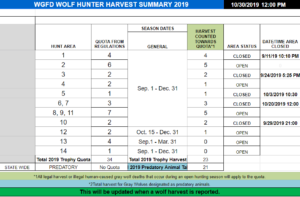



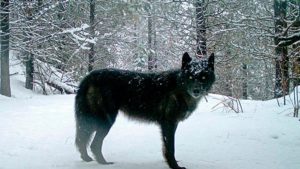
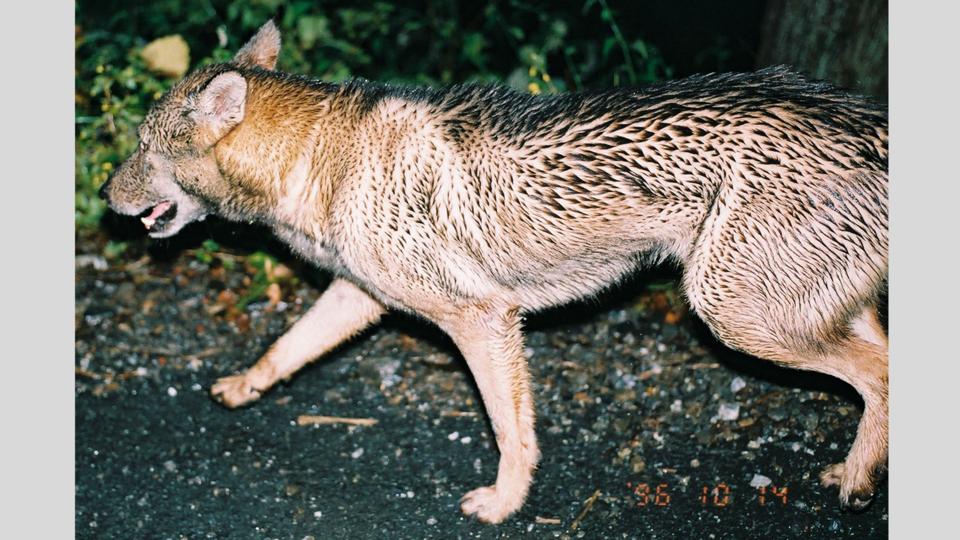
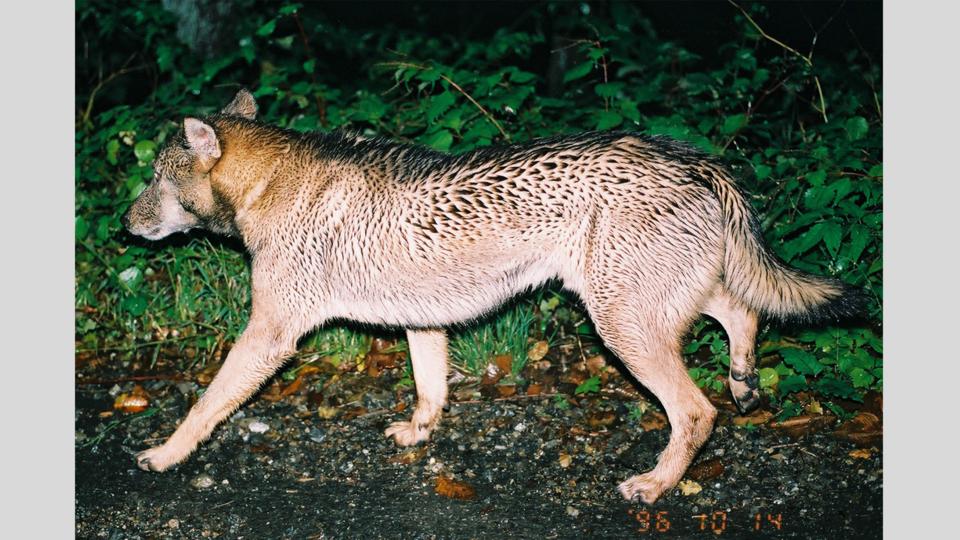

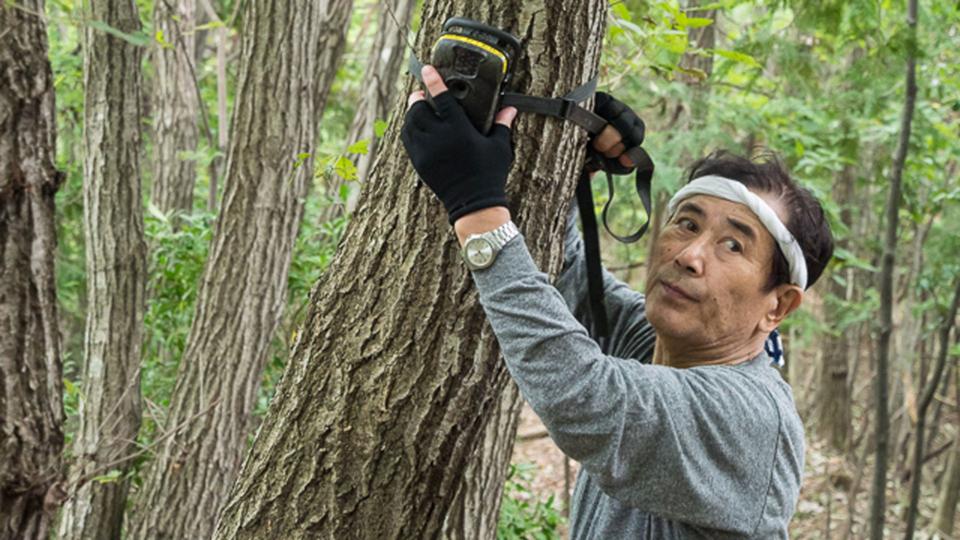
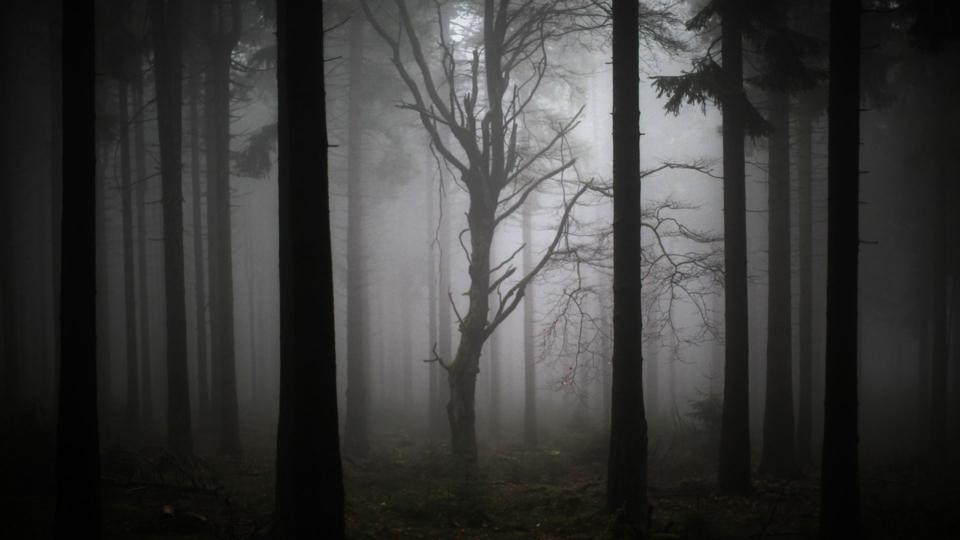
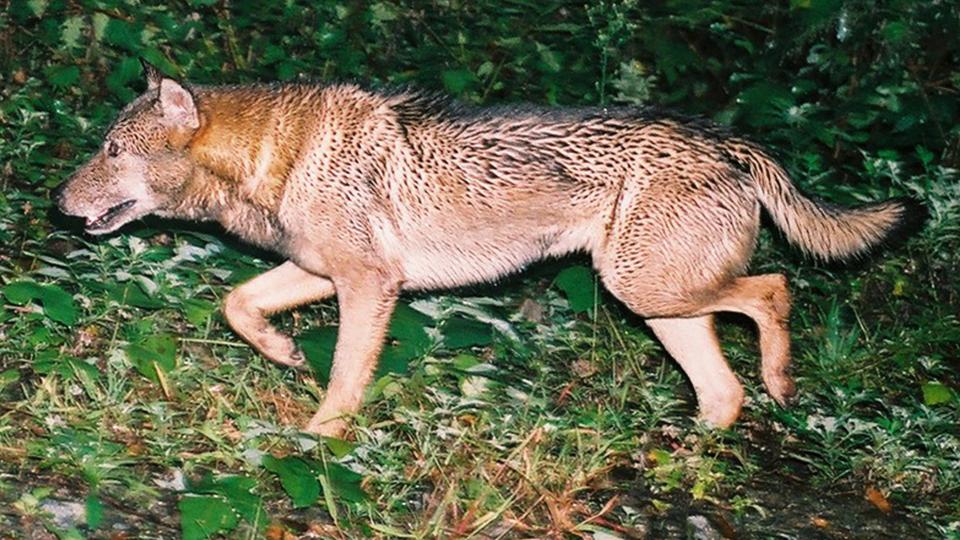

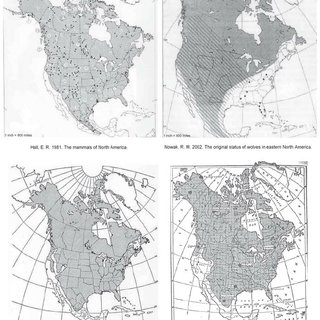
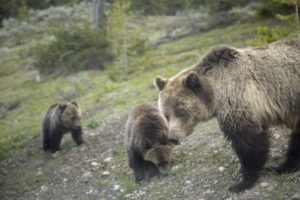 Once again, Ranchers lack of acting properly led to a Huge loss of Your Children's Resources.
Once again, Ranchers lack of acting properly led to a Huge loss of Your Children's Resources.